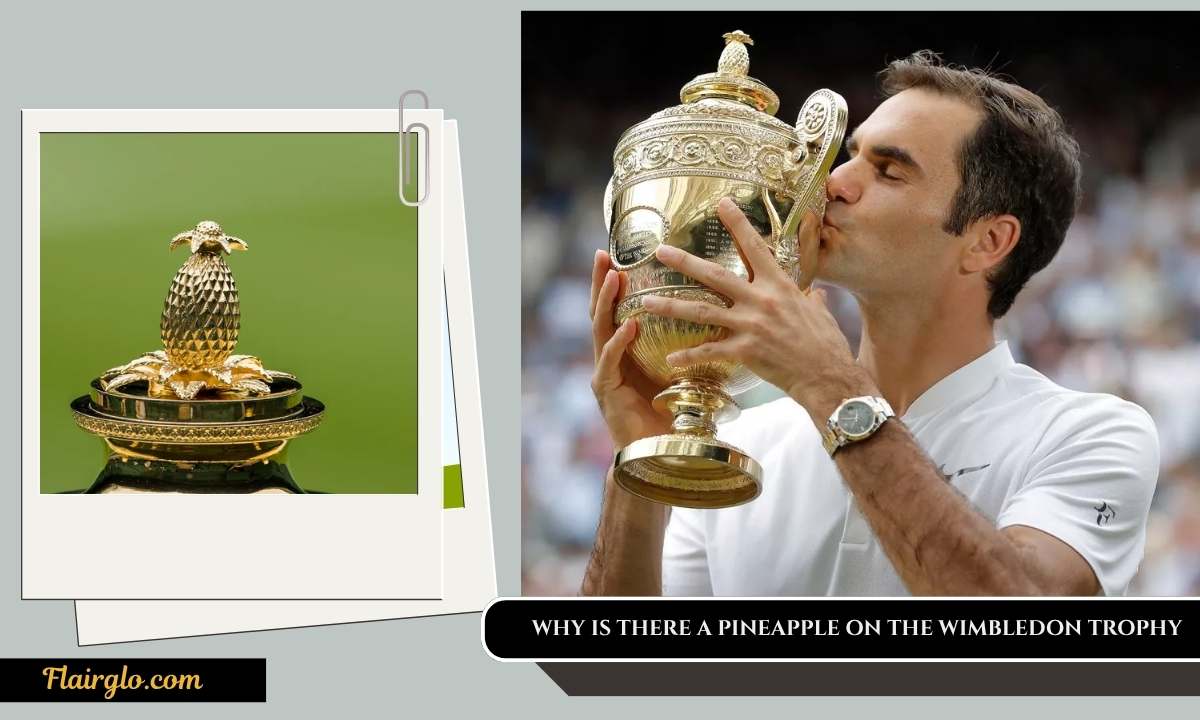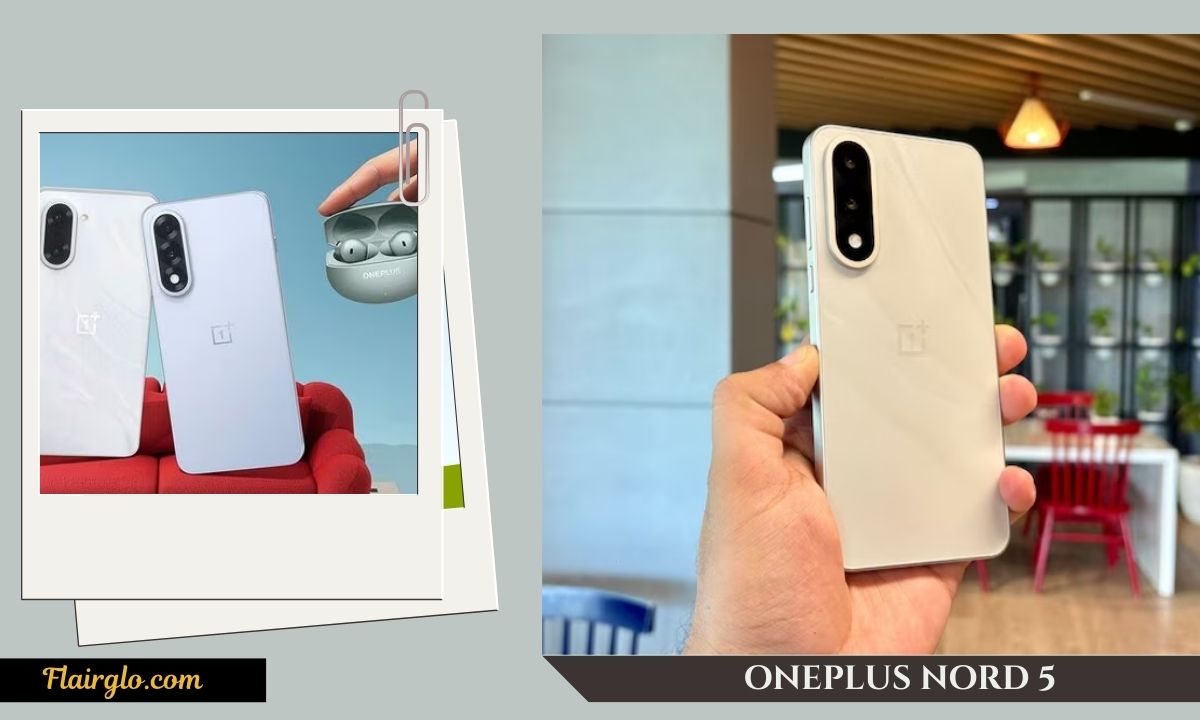The pineapple on top of the Wimbledon men’s singles trophy is one of the most lasting and interesting symbols in sports. It has confused, amazed, and intrigued players, fans, and history lovers over the years. Even Wimbledon doesn’t have a clear official reason for it, but the story behind the pineapple connects to history, culture, and meaning. It shows the values of 19th-century Britain and still plays a part in the traditions of this famous tournament today.
The Pineapple as a Symbol of Status
To understand why a pineapple was chosen, you need to appreciate the specific history of the fruit in Europe. After its introduction to the European continent, the pineapple was inimitably rare for centuries, and very hard to grow in the cool climates of Britain.
Christopher Columbus has the credit for bringing the pineapple from the New World to Europe in 1492, but the people of Europe hadn’t figured out how to grow it, yet, making it a luxury item for many hundreds of years. Pineapples were both incredibly difficult to grow, and the high cost of transportation meant that very few people could afford to serve a pineapple, and very few households had the means, or interest, to serve pineapples.
In the elite social strata of 18th and 19th-century Britain, displaying or serving a pineapple was synonymous with social status, wealth, and sophisticated taste.
Not only was the fruit displayed at the most extravagant of banquets, its image became a hallmark across art, design, and architecture, appearing in commodities such as wallpaper and gate columns. A house of the elite might even have stone pineapples flanking the entrance of their home, visually conveying their elevated social standing.
The Trophy’s Design and Tradition
The Gentlemen’s Singles Trophy is made of silver gilt and stands 18 inches, or about 46 centimetres, tall. Its surface is engraved with the names of every Wimbledon champion since Spencer Gore won the first title in 1877. The cup is decorated with intricate details but has a standard shape. What makes it unique and easy to recognise is the gilded pineapple-shaped finial on top of the lid, which looks both fancy and a bit playful.
No one knows for sure why a pineapple was chosen for the trophy.
Historians and Wimbledon officials agree that it probably has to do with the meaning of the pineapple during the time the trophy was created. There are no official letters or design notes from the people who made the trophy that say otherwise. The fact that there’s no clear answer only makes the story behind the pineapple even more interesting and adds to the special place the trophy holds in tennis history.
Broader Significance and Symbol of the Pineapple on the Trophy
In addition to wealth status, the pineapple also refers to hospitality and welcome. For centuries, generations of people have been laying out pineapples to welcome guests. This usage is most apparent in settings like country estates, public houses, and events. Therefore, the placement of the pineapple on the trophy may also communicate hospitality to the best players in the world – a mannerism that acknowledges the internationalism of modern tennis.
The trophy combines a traditional cup (the universal symbol of victory and celebration) with a pineapple (the symbol of hospitality and, of course, status), thus creating a rich message: Wimbledon celebrates excellence in athletic achievement and welcomes global champions into its cherished tradition.
Final Thoughts
The pineapple on the Wimbledon trophy shows how sport, history, and meaning come together in a special way. It reminds people of a time when showing off wealth and importance was done differently, and how much people love traditions at the world’s biggest tennis tournament. While we don’t know exactly where the pineapple came from, most people think it was a symbol of being welcoming, rare, and successful among the wealthy in the 1800s. Today, this pineapple is a key part of Wimbledon’s identity, so every champion not only wins a place in sports history but also joins a rich and interesting tradition.
Read More- Ramayana Film (2026): ₹4000 Cr Budget, Star Cast, Teaser, Release Date And More
Refresh Date: August 21, 2025




